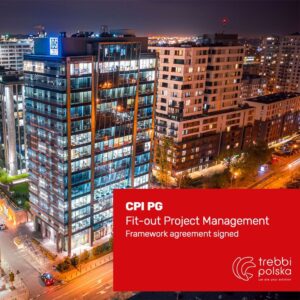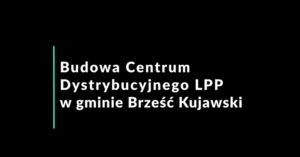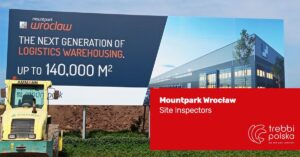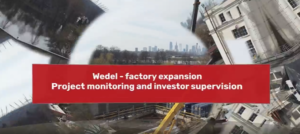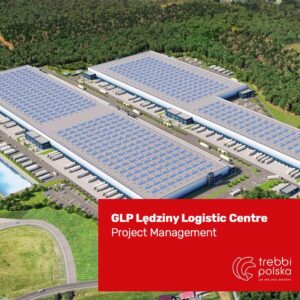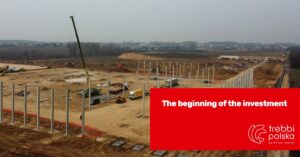by Adam Topolski
INTRODUCTION
In 2021 the Industrial market grows despite the pandemic waves challenging global economics. More and more we hear about the big-box investments being launched throughout the country, transforming, and modernizing the agricultural areas and local communities.
As the space requirements are higher and higher, new land opportunities have to be identified to cope with the demand. Being able to participate in these investments at different stages of development, I would like to shed some light on the most common questions relating to the planning costs correlated with this type of development.
PLANING RELATED COSTS
Adjacent fee
Looking for significant land areas, above 30-40 ha, it is very common to identify these outside the cities perimeter, in agricultural regions. Most often being owned by multiple tenures, with no infrastructure on site. Planning the Investment budget, the Investor should be aware of the potential fee, which can be charged by the commune office or the city office by up to 30% of the land value increase related to the land division/merge or the infrastructure modernization covered by the public funds (state treasury/European funds).
The percentage of the adjacent fee, as it is called, is always regulated by the separate city commune/city council resolution. The fee is based on an administrative decision which can be issued up to 3 years after completion of the land division/merge or the infrastructure development. There are exclusions to this fee, which should be always analyzed and consulted with the legal team.
The adjacent fee is regulated by the Ministry Property Management act.
Planning fee
There are situations when the property is covered by the masterplan. On various locations, the masterplan wording is not ideal for the development, forcing the Investor to apply for changing of this act. Should the masterplan amendment increase the property value, a one-off payment might be charged against the owner, subject to the property sale. The same planning fee applies to the new masterplans (if such uplifts the real estate market value).
The Planning fee can vary from 0 to 30% of the property value increase and can be charged if the property is being sold within 5 years of the new/amended masterplan validation.
The exact percentage of this fee has to be identified by the abovementioned masterplan. The planning fee is regulated by the government planning and land development act.
PERMITTING & CONSTRUCTION RELATED COSTS
Agricultural production exclusion
Most of the time, when it comes to greenfield transactions, these lands are being used for agricultural production. Even if the masterplan identifies a different use, it still does not mean we can start the construction process or obtain a building permit. To start the development process, the land should be excluded from agricultural production. The procedure is finalized with an administrative decision, most often obliging the Investor to the one-off payment and/or 10-year annual installments.
The one-off payment is calculated based on the soil class, land area, and market value. The result comes from multiplying the excluded area by the adequate soil class-related calculation cost. The one-off payment is not applicable if the above calculation result is equal to or lower than the current market land value.
The 10-year annual installment results from the excluded land area multiplied by the adequate soil class-related calculation cost. The result is divided into 10 annual installments.
The whole procedure, and the adequate soil types calculation costs are regulated by the government agricultural land protection act.
The procedure itself consists of two separate decisions. One of them, the first one is informative and identifies the costs related. The second part is granted based on the factual land-use change and informs the Investor about the sanctioned payment obligation and the payment deadlines.
In case of agricultural areas not covered by the masterplan, it is always worth checking, whether the property can be excluded from the agricultural production. On various occasions, depending on the soil class, such a cost is not applicable, therefore it is always worth performing legal and technical due diligence to assess all the abovementioned costs related to the purchase before it is being finalized.



